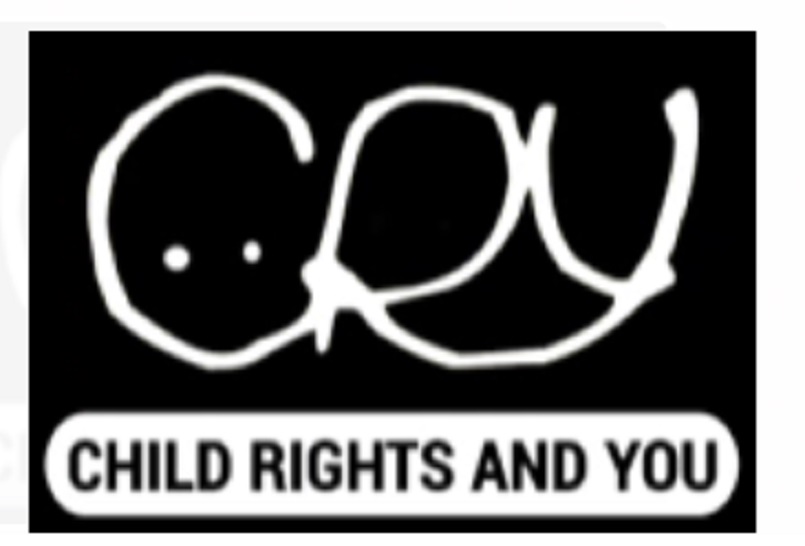
New Delhi- Seven-week nationwide campaign ‘Poori Padhai Desh Ki Bhalai,’ begins to raise awareness and change societal attitudes towards girls’ education
As the Right to Education Act clocks its 15th anniversary many girls still lack access to secondary and higher secondary education.
The National Education Policy 2020 has paved the way to extend universal, free, and quality education up to age 18, aligning with the promises of Sustainable Development Goals (SDG Goal-4) for equitable education by 2030. However, as the latest Unified District Information System for Education (UDISE+) 21-22 data reveals, only three of every five girls in India make it to the higher secondary level of education.
Evidence suggests that there has been
significant improvement in school enrolment, infrastructure, and access to education, however, much awaits to be done when it comes to the completion of school education for girls. Experiences suggest that socio-economic challenges, cultural norms, gender discrimination, early marriages, inadequate school facilities, long travel distances and safety concerns on the way to schools hinder their educational journey and continue to pose significant barriers for girls in completing their higher secondary education. This increases school dropouts and makes them more vulnerable to child labour, underage marriage, teenage pregnancy, abuse and exploitation, and even child trafficking.
To address the issue, Child Rights and You (CRY), one of the leading child rights organisations working with Indian children along with its many grassroots-level partner organisations spread across 20 intervention states, announces the launch of Poori Padhai Desh Ki Bhalai – a pan-India awareness campaign to raise public awareness and change societal attitudes towards girls’ education.
The seven-week-long campaign kick starts on the 24th of June in five Metro cities namely Delhi, Mumbai, Bengaluru, Chennai and Kolkata, and aims to engage all its stakeholders to address gender disparities in education. The campaign will come to a close on 15th August – the Independence Day of India.
As part of the campaign, CRY and its partner organisations will aim to increase the number of enrolment and retention of girls in primary, upper-primary, secondary & higher secondary education in its operational areas; and will strive to create widespread awareness by engaging with all relevant stakeholders including children and their families, educators, community members, state administrative authorities, students at schools, colleges and universities, media houses, social media influencers, corporates, HNIs, and the people at large, a CRY spokesperson said.
Highlighting the importance of the campaign, Puja Marwaha, CEO, Child Rights and You (CRY) said, “Ensuring higher secondary education for girls is a non-negotiable for their empowerment and the nation’s development. Targeted interventions with specific goals and action points are needed to support girls beyond elementary education. This includes adequate public provisioning for girls’ education, financial incentives, improved infrastructure, community engagement, and robust enforcement of laws against child marriage. But none of these are possible without generating a mass awareness and a social resonance around girls’ education.”
Underscoring the positive impacts of girls’ secondary education on child marriage, Puja said, “Providing higher secondary education for girls has a strong correlation with delayed marriage for girls, improved health outcomes for the mother and the child, and offers high economic returns in the long term. Furthermore, each additional year of schooling leads to higher productivity and better job opportunities in the formal sector for girls, thus breaking the cycle of inter-generational poverty.”
A deep dive into the UDISE+ 21-22 datasets reveals that a little less than 60 percent (58.2%) of girls are enrolled in higher secondary education. In other words, only three of every five girls in India make it to the 11th and 12th standards (calculations based on Gross Enrolment Ratio – GER).
CRY analysis of the same database further suggests that one of every three girls (35%) of the corresponding age group is out of school at the secondary level, while one of every eight girls (12.25%) of the corresponding age group drops out and hence does not complete secondary education (calculations based on Adjusted Net Enrolment Rate – ANER).
Follow this link to join our WhatsApp group: Join Now
Be Part of Quality Journalism |
Quality journalism takes a lot of time, money and hard work to produce and despite all the hardships we still do it. Our reporters and editors are working overtime in Kashmir and beyond to cover what you care about, break big stories, and expose injustices that can change lives. Today more people are reading Kashmir Observer than ever, but only a handful are paying while advertising revenues are falling fast. |
| ACT NOW |
| MONTHLY | Rs 100 | |
| YEARLY | Rs 1000 | |
| LIFETIME | Rs 10000 | |













